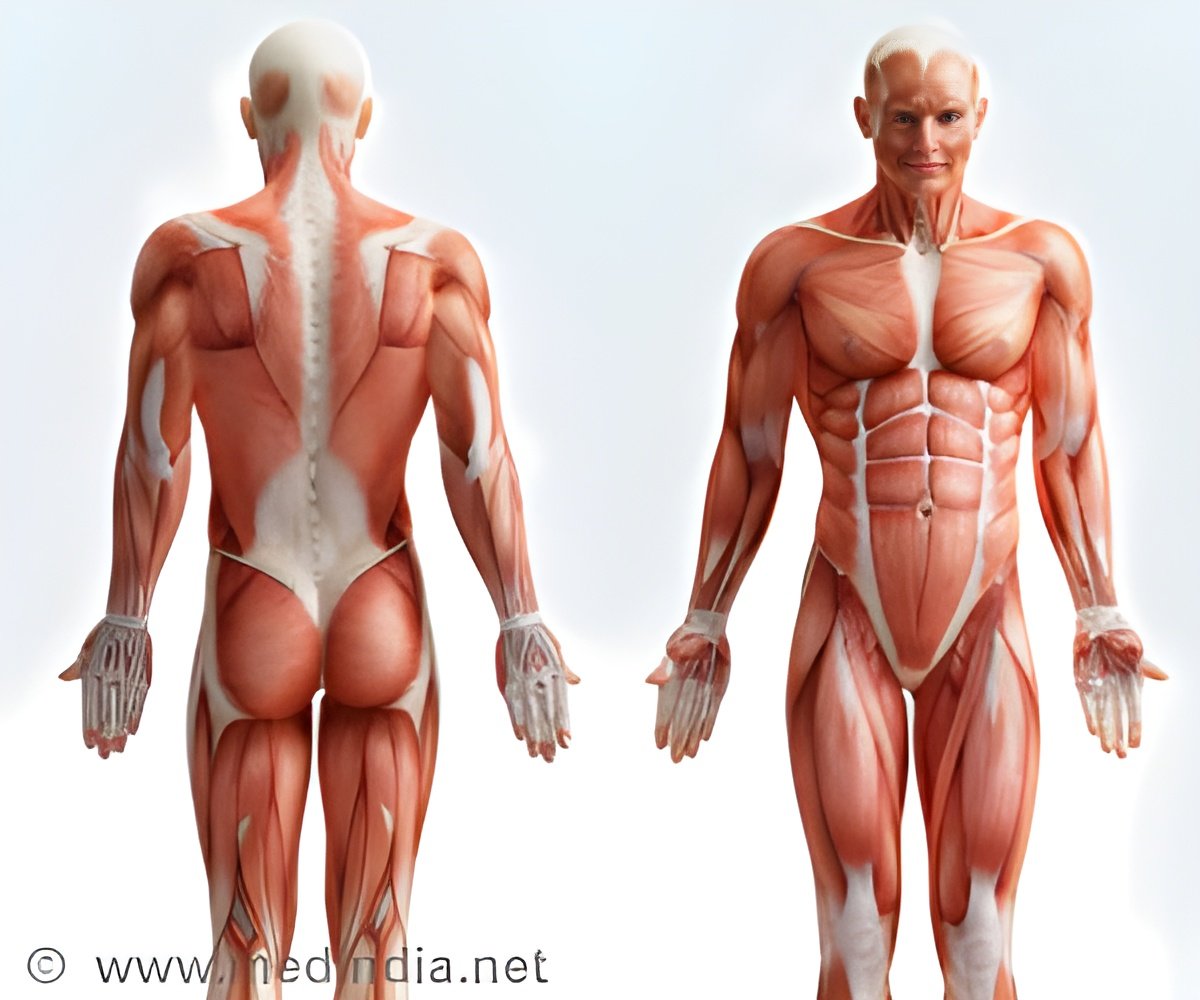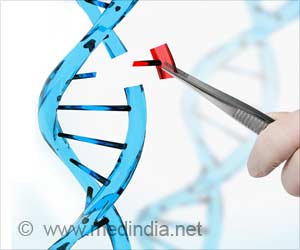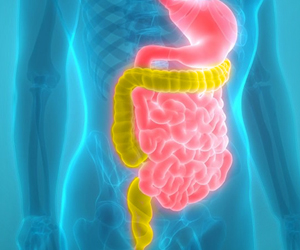
‘Dietary supplement derived from glucose may increase muscle-force production in the Duchenne muscular dystrophy (DMD), an inherited disorder characterized by progressive muscle degeneration.’
Tweet it Now
"People have a lot of hope for gene therapy, but it will still take years of research before we find an effective treatment," explains lead author Professor Sachiko Sato. "That's why it's important to find other treatments to help preserve the muscular strength of patients as long as possible."Professor Sato and her collaborators tested N-acetylglucosamine, a glucose derivative used as a dietary supplement, on mice showing the main symptoms of DMD. "It's a simple sugar whose structure differs from that of glucosamine, which is sold to treat joint problems," specifies Professor Sato.
After ten days of treatment, researchers found that mice given N-acetylglucosamine had 50% increased muscular strength compared to mice from the control group. "We don't know yet whether the molecule increases the production of muscular fibre or improves its survival rate, but we found that the mice's muscular strength was better preserved," summarized Professor Sato.
Even though the study was conducted on laboratory animals, Professor Sato feels encouraged by the results. "N-acetylglucosamine is an inexpensive product that can be synthesized in a lab or extracted from crustacean shells. It is found in human milk as the sugar with the second highest concentration after lactose," she explained.
"Everything indicates that it is worth testing its effectiveness in improving the quality of life of DMD patients. We now need to conduct clinical trials in order to confirm the substance's effectiveness on humans and determine the treatment's duration and dosage," Professor Sato concluded.
Advertisement















